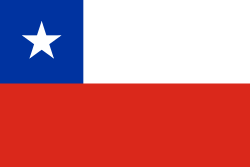| Type | Stew |
|---|---|
| Course | Main |
| Place of origin | Chile, South America |
| Serving temperature | Hot |
| Main ingredients | Charqui (jerky), onions, cooking oil, onions, parsley, oregano, cumin and chilli. |
| Variations | Charquicán |
| Part of a series on the |
| Culture of Chile |
|---|
 |
| History |
| People |
| Languages |
| Cuisine |
| Religion |
| Sport |

Valdiviano, as well as referring to inhabitants of Valdivia, Chile, is a Chilean dish, consisting of a soup made with charqui (jerky) and onions.